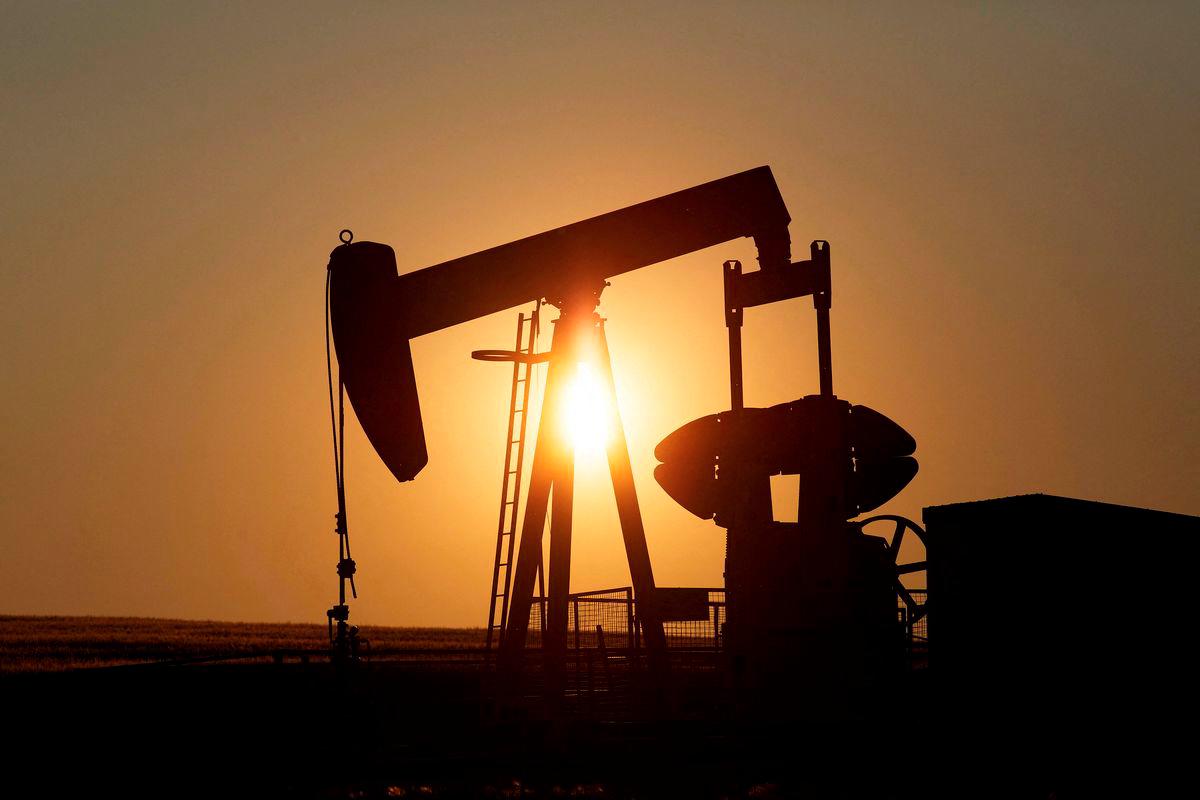OIL prices were little changed on Friday after falling more than 1% in the previous session as traders digested the impact of higher U.S. tariffs that may curtail economic activity and lower global fuel demand growth.
Brent crude futures were down 7 cents, or 0.1%, to $71.63 a barrel at 0656 GMT. U.S. West Texas Intermediate crude was down 10 cents, or 0.14%, to $69.16 a barrel.
Still, Brent prices are set to gain 4.9% for the week while WTI is set to climb 6.4% after U.S. President Donald Trump earlier this week threatened to place tariffs on buyers of Russian crude, particularly China and India, to try to pressure Russia into halting its war against Ukraine.
“We think the resolution of trade deals to the satisfaction of the market – more or less, barring a few exceptions – has been the key driver for oil price bullishness in recent days, and further progress on trade talks with China in future could be a further confidence booster for the oil market,“ said Suvro Sarkar, energy sector team lead at DBS bank.
On Friday though, investors were more focused on Trump’s imposition of new, and mostly higher, tariff rates on U.S. trading partners set to go into effect from August 1.
Trump signed an executive order on Thursday imposing tariffs ranging from 10% to 41% on U.S. imports from dozens of countries and foreign territories including Canada, India and Taiwan that failed to reach trade deals by his deadline of August 1.
Some analysts have warned the levies will limit economic growth by raising prices, which could weigh on oil consumption.
On Thursday, there were signs that existing tariffs are already pushing prices higher in the U.S., the world’s biggest economy and oil consumer.
U.S. inflation increased in June as tariffs boosted prices for imported goods such as household furniture and recreation products. This is supporting views that price pressures could pick up in the second half of the year and delay Federal Reserve interest rate cuts until at least October.
Maintaining interest rates could also impact oil as higher borrowing costs can limit economic growth.
At the same time, Trump’s threats to impose 100% secondary tariffs on Russian crude buyers have supported prices because of concerns that would disrupt oil trade flows and remove some oil from the market.
DBS’ Sarkar said that India’s slowing of Russian imports may lead to some supply curtailment, but that that would be mostly negated by Chevron resuming oil production in Venezuela, record U.S. production, and growing U.S. supply.
JP Morgan analysts said in a note on Thursday that Trump’s warnings to China and India of penalties on their ongoing purchases of Russian oil potentially put 2.75 million barrels per day of Russian seaborne oil exports at risk. The two countries are the world’s second- and third-largest crude consumers, respectively.
“The Trump administration, like its predecessors, will likely find sanctioning the world’s second-largest oil exporter unfeasible without spiking oil prices,“ the analysts said, referring to Russia. - Reuters









